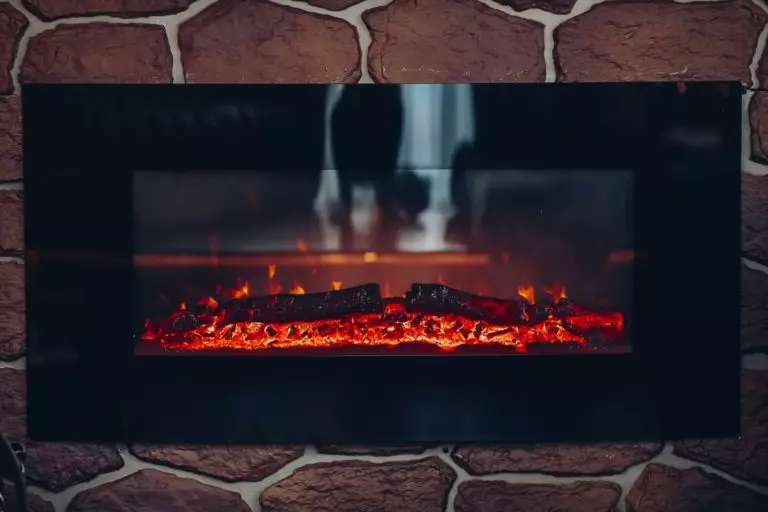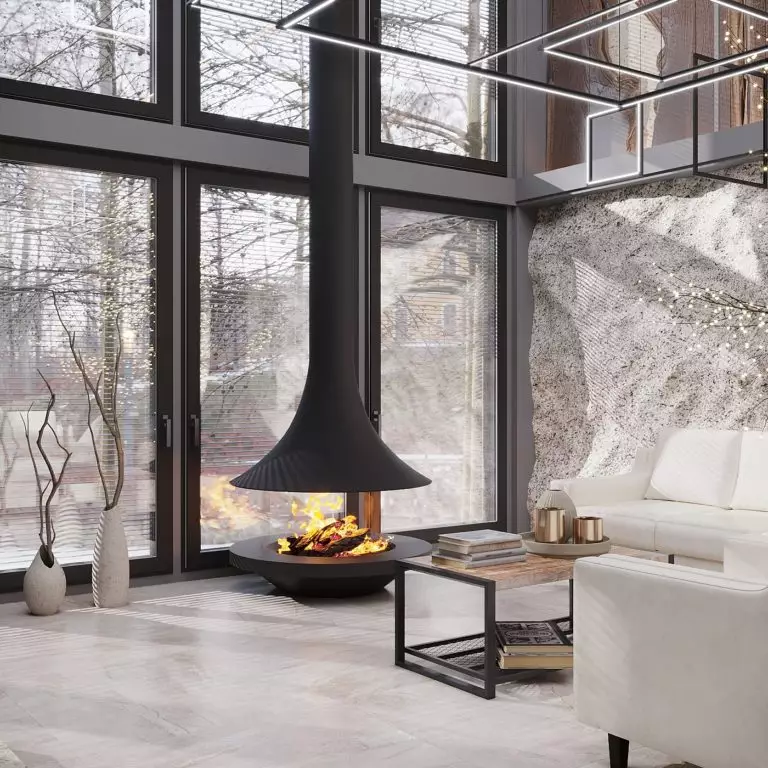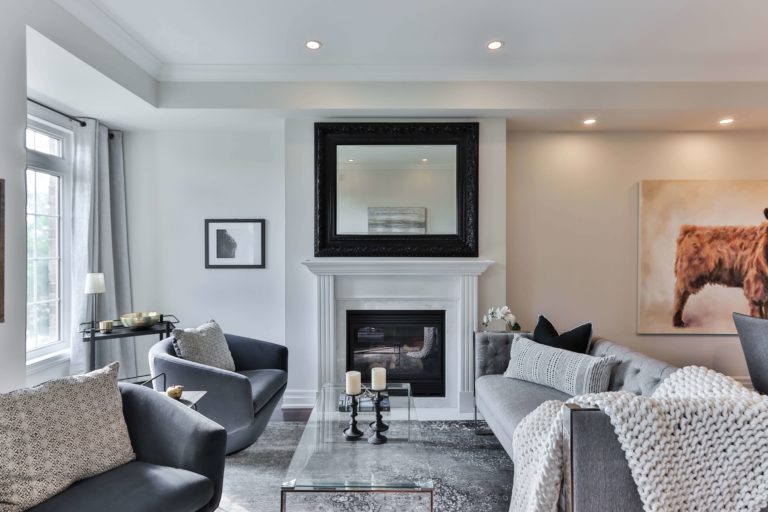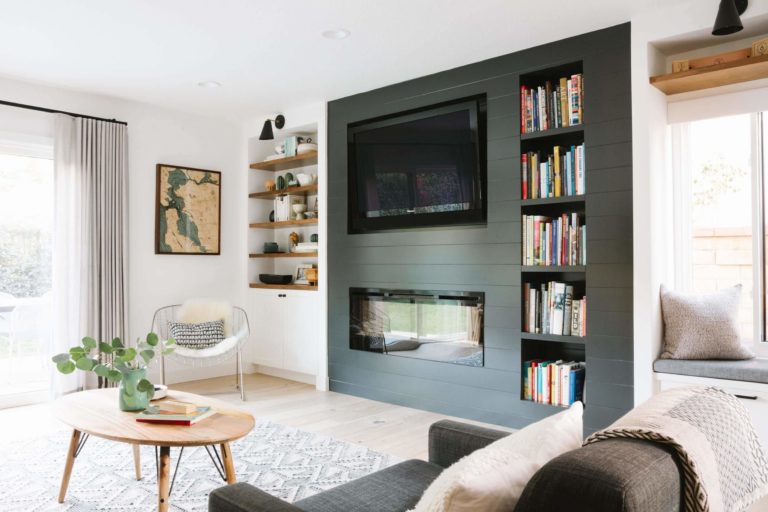
We have already talked about the advantages of rooms with a fireplace many times, and now it’s time to move on to more pressing and practical issues – namely, how to choose the size of a fireplace correctly. Indeed, a mistake with the dimensions of the fireplace can cost you severe disharmony, and if you heat the room with it, then also discomfort.
Of course, if you do not have any special requests for him, and your home has an utterly traditional layout, then you can be guided by the standard dimensions of the fireplace. However, people with special requirements will have to be pickier about each parameter. So, this time we will talk about both the standard dimensions of the fireplace and the features of selecting its sizes based on different parameters.
Criteria for choosing the size of the fireplace
Room size
We will talk a little later about selecting the size of the fireplace that has to heat the room. For now, we will focus on visual perception. It is quite logical that the dimensions of the fireplace should be commensurate with the area of the room: a too large fireplace in a small room will create a feeling of crampedness, too small in a spacious living room will look like a toy and little noticeable against the background of decor.
Style
The interior of the living room ultimately determines both the size and configuration of the fireplace. Each direction and style has its requirements for the appearance of the fireplace:
Placement
This criterion is solely on the topic of ergonomics. So, if you plan to install it closer to the center of the room, you will have to focus on a little more compactness since even in a larger living room, it will create some discomfort. If a separate area along a wall or in a corner is allocated for it, the dimension must be correlated with the surrounding finish.
Material
Do not forget that the material will also add size to the fireplace, and therefore when constructing the surround, it is necessary to carefully calculate the overall, final dimensions and subtract the thickness of the cladding from the indicator. This is especially important when working with wood and stone, which cause the fireplace to increase significantly in size.
Fireplace type
Another key criterion is the way the fireplace works. So, if you are going to equip a wood or gas fireplace, do not make it too large: otherwise, it will be too hot in the room, and the danger of fire increases many times over. However, if you opt for an electric one, you have much more room to maneuver in size as it can operate without heating the surrounding air.
Standard fireplace sizes
In general, without going into details, the standard width of the fireplace varies from 24 to 36 inches (60-90 cm), in height – from 24 to 29 inches (60-70 cm), and around 16 inches (40 cm) in depth. If these numbers are not too clear and insufficient, let’s still go into details and talk in more detail about what dimensions the fireplace should be.
Firebox
The front of the firebox corresponds to the standard dimensions indicated above, but towards the back, it tapers, as it is necessary for good traction. The standard sizes for the back of the firebox are 11-19 inches (27-48 cm) wide and 14 inches (35 cm) high.
Damper
The damper is a movable plate at the top of the fireplace that controls the firebox’s heat and airflow. Fire regulations require it to be at least 37 inches (95 cm) above the hearth and 8 inches (20 cm) from the top of the firebox.
Hearth
According to the rules, a hearth means a part of the floor around the fireplace. For comfort and safety, you should measure at least 16 inches (40 cm) in front of the firebox and at least 8 inches (20 cm) on either side of it.
Mantel shelf
The mantelpiece must be made more extensive than the fireplace. So, it must necessarily protrude 3-6 inches (7.5-15 cm) beyond the plane of the firebox and be at least 12 inches (30 cm) above it. These parameters are enough to meet all safety requirements and provide you with the opportunity to create stylish and harmonious decorative solutions.
What if you need a fireplace as a source of heat?
Modern heating systems and heaters powered by electricity today allow you to solve the issue of heat in the house quickly. And yet, if you want to acquire a working fireplace and use it as one of the elements of the heating system, then in choosing its size, you will have to be guided not only by aesthetic considerations.
The first thing that you should be interested in is how much heat output you need, considering your room’s size. As a rule, this parameter is measured in joules, but today the measurement in BTU (British thermal unit) is still relevant. Both indicators in this context indicate the amount of heat that a fireplace can give away in a room. In this case, 1 BTU is equal to 1.06 kilojoules.
Calculating the minimum fireplace heat you need is simple: all you need to do is multiply the room area by the height of the ceilings and then multiply the resulting number by 4. For example, if your room is 15×20 feet, and the ceiling is 10 feet, then, after doing all the necessary calculations, you get 12,000 BTU (BTU) or 12,670 kilojoules. This is how much heat energy you need to create a comfortable temperature in your room.
| Fireplace size | Dimensions | Heat generated | Heated area |
| small | 24×24 inches (60×60 cm) | 10-18k BTU | up to 800 sq. ft. (74 sq. m.) |
| medium | 36×30 inches (76×90 cm) | 25-30k BTU | up to 1400 sq. ft (130 sqm) |
| big | 48×32 inches (120×80 cm) | 35-40k BTU | up to 1800 sq. ft (167 sqm) |
Going back to our previous 12,000 BTU, we can see that a small fireplace may be sufficient for a room of this size.
In addition, in this case, it is better to undersalt than to oversalt. This means that if you have other heating systems in addition to a fireplace in your home, it is still better to choose a smaller fireplace.
If you know both the standard dimensions of the fireplace and the dimensions you require, it is straightforward to hit the bulls-eye. Use a good measuring tool, be sure to write down all the values, and do not hesitate to repeat the measurements if something confuses you. Ultimately, the fireplace will serve you for many years, and therefore it is worthwhile to treat every detail with attention and love.



